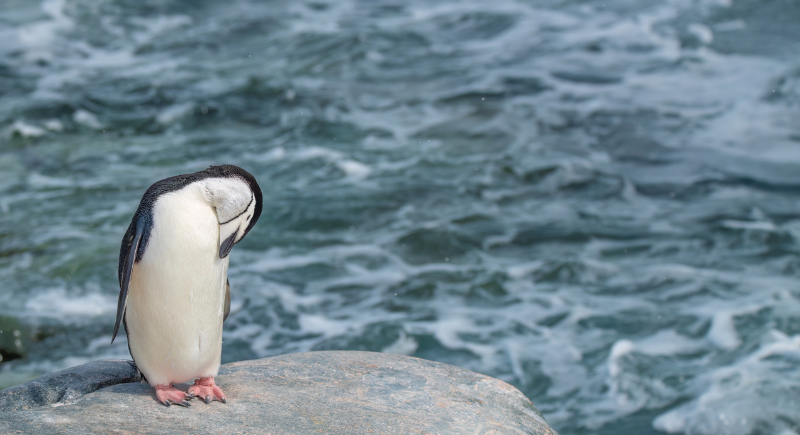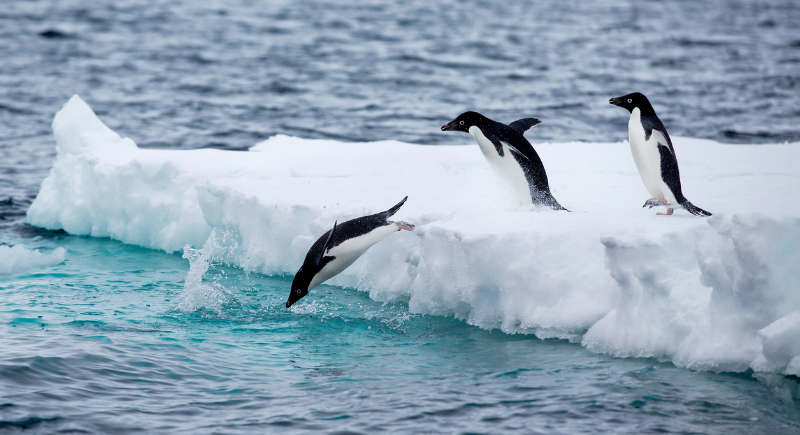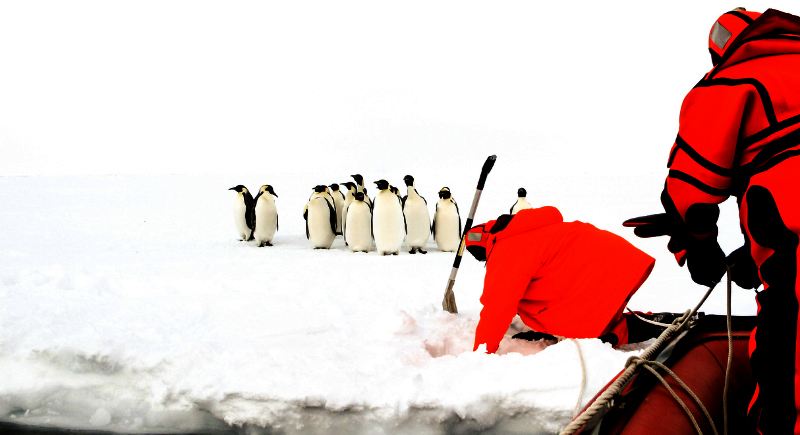A Penguin’s Sleep Schedule Is Weirder Than You Could Possibly Imagine
Most people picture sleep as a single block of rest at night, maybe stretched a little longer on weekends. Penguins live by a different rhythm. Their idea of rest is broken into countless flickers of shut-eye, a pattern shaped by the constant need to stay alert.
In Antarctica, chinstrap penguins still manage more than eleven hours of rest each day, but never in the way we know it. Instead of drifting for hours, they nap in short bursts that last only seconds.
How Penguins Nap Their Way Through a Day

Image via iStockphoto/Catherine Harold
Chinstrap penguins squeeze their rest into over 10,000 naps every single day. Each nap averages about four seconds, just long enough for their brains to register genuine sleep before waking again. The math is staggering: in one twenty-four-hour period, a penguin can fall asleep and wake up more than ten thousand times without collapsing from exhaustion.
What makes this behavior extraordinary is that the birds never slip into long cycles of rest like people do. They avoid continuous rest altogether and choose to live in an almost constant routine of nodding off and snapping back awake. Scientists who first documented this behavior described it as one of the most extreme examples of fragmented sleep in the animal kingdom.
Why Staying Alert Protects the Colony

Image via iStockphoto/Wirestock
Antarctica is not only cold but dangerous. Brown skuas, large seabirds with sharp eyes and faster reflexes, patrol penguin colonies for unguarded nests. An egg or small chick left exposed for even a few minutes can disappear. For penguins, snoozing for hours at a time is a risk they cannot afford. Their entire reproductive success depends on vigilance.
By breaking sleep into seconds-long bursts, a parent penguin incubating eggs can rest and still keep watch for predators. One parent remains on guard while the other forages at sea, sometimes for days. Without this unusual adaptation, nests would face far higher predation losses. Sleep, in this sense, is not just about recovery. In fact, it functions as a defense tool tailored to an environment where threats never pause.
How Researchers Uncovered the Pattern
This unusual pattern of thousands of short naps raised questions that scientists could only answer with precise tools. Neuroscientist Paul-Antoine Libourel and his team at the Lyon Neuroscience Research Center set out to measure it directly. They fitted penguins with electroencephalogram sensors and used continuous video to capture behavior during incubation. Fourteen individuals were tracked closely within a colony of more than 2,700 breeding pairs.
The recordings revealed repeated bursts of slow-wave sleep, the same restorative brain state seen in other animals. At times, only one hemisphere of the brain powered down, while at others the entire brain rested. Each interval remained brief, never longer than a few seconds.
Sleep Isn’t One-Size-Fits-All

Image via iStockphoto/Tenedos
Scientists long assumed fragmented sleep was a weakness, tied to poor memory, lost focus, and declining health in people. Penguins flip that idea on its head. Their scattered naps let them recover without ever lying open to danger.
They aren’t alone in rewriting the rules. Bats drift for nearly twenty hours a day, while giraffes get by on barely two. Seals rest one half of the brain while swimming, and even brainless jellyfish sink into sleep-like states. Penguins stand out because their rest is splintered into the tiniest pieces—so extreme it forces researchers to rethink what sleep is really for.